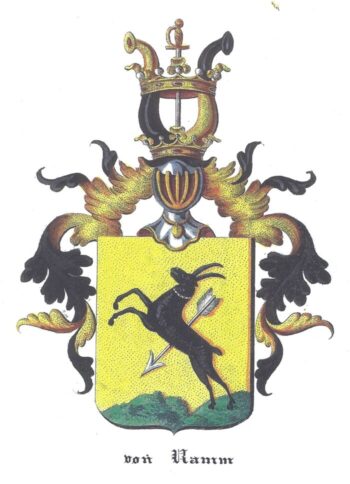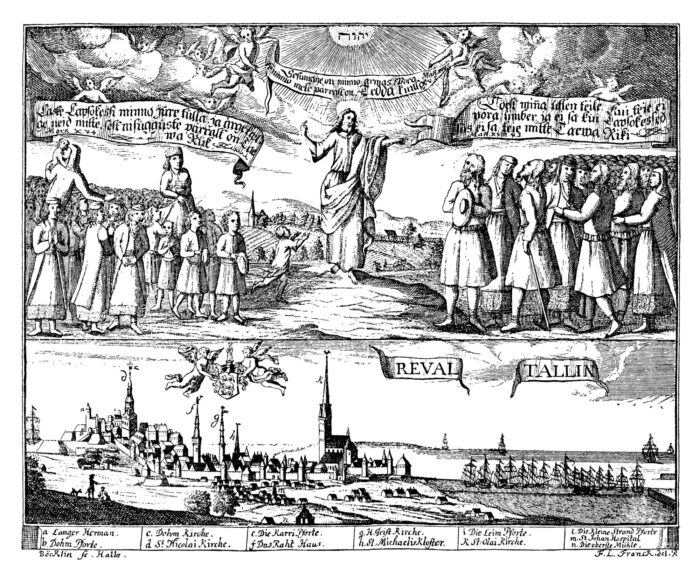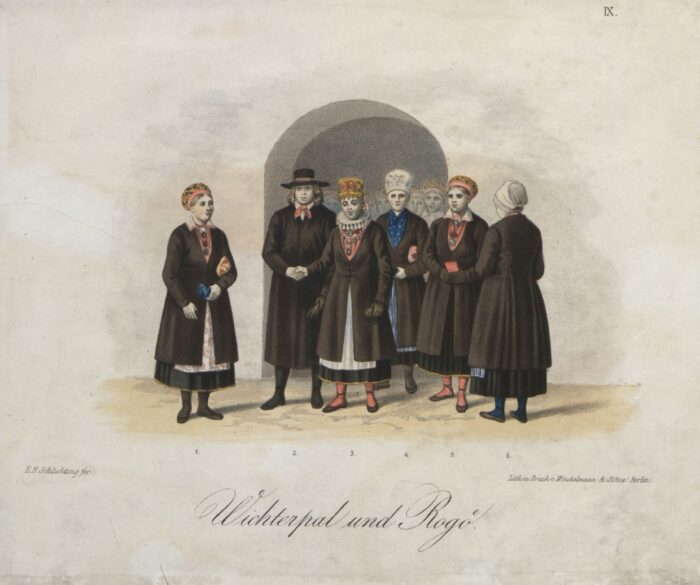Lords
Since August 1622 – Thomas Ramm († 1631), magistrate and burgomaster in Riga, towards the end of his life also the Vice President of the Tartu Court of Appeal
Since 1631 – Clas von Ramm († 1684), son of Thomas Ramm
In 1683–1704 – subjected to reduction, i.e. was taken back by the Crown
Since 1704 – Lieutenant-Colonel Berend Otto von Ramm (1641–1708), the elder son of Clas von Ramm
Since 1708 – Captain Reinhold von Ramm (1665–1755), brother of Berend
Since 1755 – judge in the feudal court (Manngericht) Thomas von Ramm (1708–1787), son of Reinhold
Since 1788 – judge in the lower court (Ordnungsgericht) Carl Adolph von Ramm (1742–1790), son of Thomas von Ramm
Since 1790 – the property belonged to Margaretha Elisabeth von Ramm (1759–1805, born as the daughter of Fabian Ernst Stael von Holstein, lord of the Anija manor), widow of Carl Adolph von Ramm
Since 1805 – Councillor (Landrat) Clas Gustav Reinhold von Ramm (1784–1840), married to Caroline, the daughter of Count Gotthard Johann Manteuffel (1793–1852), lord of the Liivi manor; they had 19 children
Since 1852 – judge in a county court (Hakenrichter) Eduard Otto Karl von Ramm (1814–1884), the second eldest son of councillor Clas von Ramm
Since 1885 – Thomas Konstantin Alexander von Ramm (1825–1894), Eduard von Ramm’s brother
Since 1897 – Councillor (Landrat) Reinhold Clas Gustav von Ramm (1864–1920), Thomas von Ramm’s nephew. According to the land reform act passed by the Estonian Constituent Assembly in 1919 his lands were confiscated.





